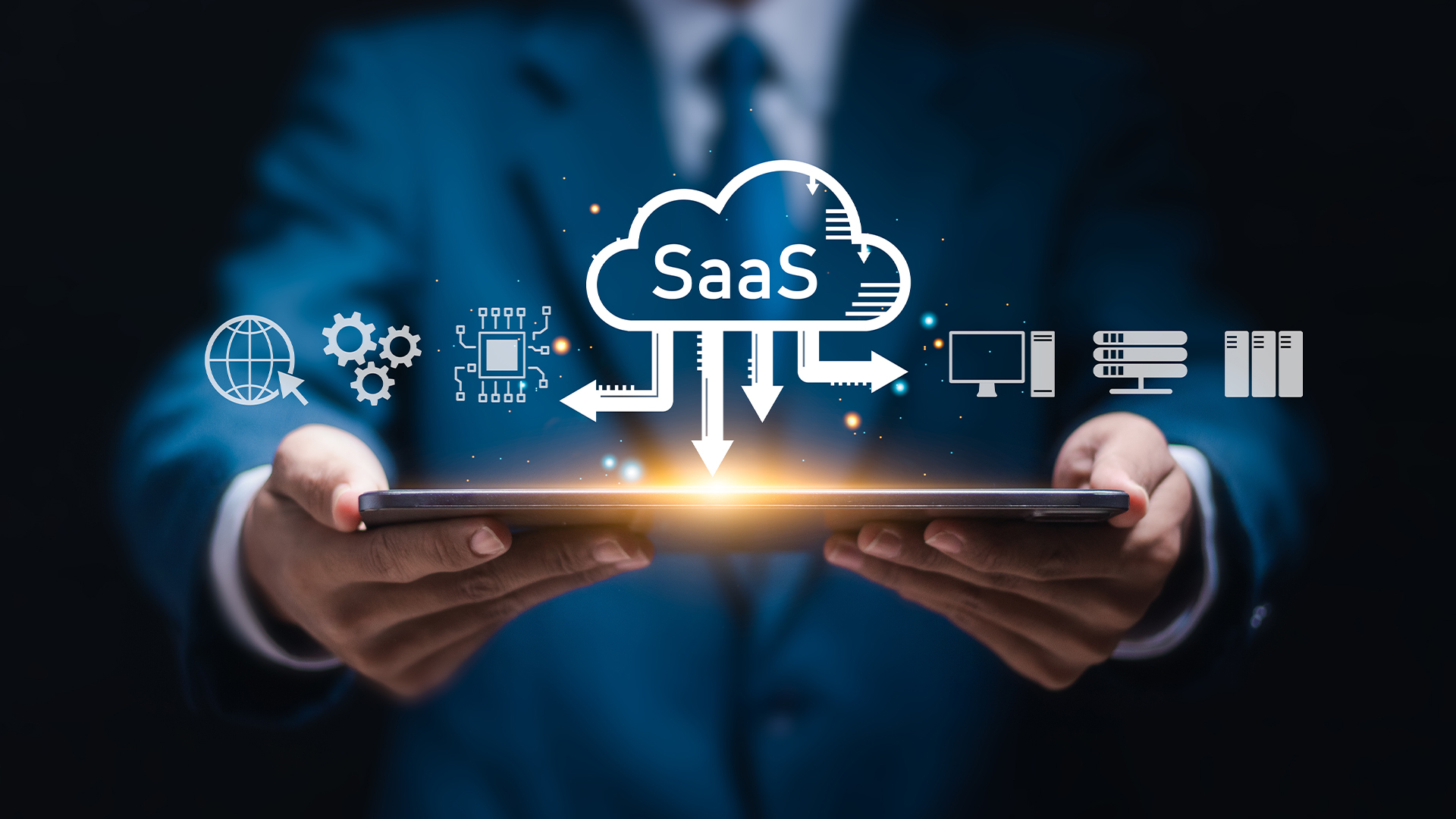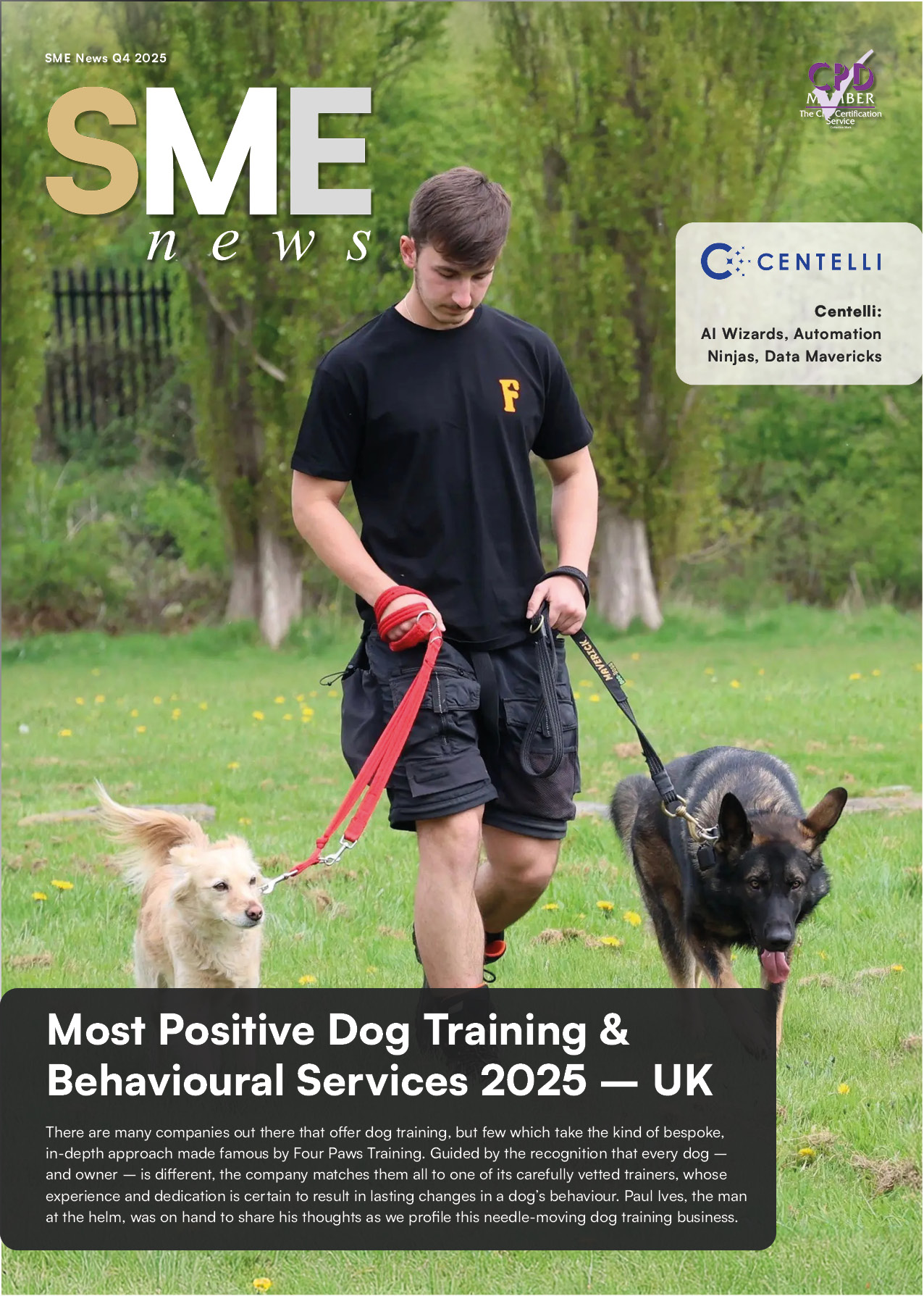
According to Exploding Topics, 34% of startup failures are due to poor product-market fit, while Mailmodo reports that 20–40% of churn comes from expired credit cards or failed payments. These stats reflect a hard truth: even well-funded SaaS ventures can stumble on the basics. Finding the right audience, designing smooth onboarding, and keeping billing tight are as crucial to survival as any cutting-edge feature.
SaaS (Software as a Service) products deliver apps over the internet on a subscription basis—offloading infrastructure and support from the customer to the vendor. But building a successful SaaS product means more than spinning up code. It requires thoughtful design, financial foresight, and operational maturity. That’s why organizations seeking saas development company partners must prioritize user centricity, from onboarding to observability.
Why Many SaaS Startups Fail
In its article “8 Reasons SaaS Startups Fail”, the Forbes Council post pinpoints several preventable pitfalls: building a product for which there is no market demand, delivering a clunky onboarding experience, allowing feature bloat to creep in, and reacting too slowly to customer feedback. Meanwhile, Exploding Topics identifies cash flow issues (16%) and tech-related failures (6%)—such as outdated codebases or cybersecurity gaps—as critical risk areas.
In short: building a viable SaaS product isn’t just about MVP speed—it’s about strategic execution across onboarding, billing, feedback, and security. Let’s break down the core risks that derail SaaS teams and how to avoid them.
Critical Drivers and Must-Have Features
1. Poor Product–Market Fit
“34% of startup failures are due to poor product–market fit” (Exploding Topics). Launching without customer validation is a recipe for churn. Even great tech won’t save a product nobody needs.
2. Inadequate Onboarding
“74% of users will switch if onboarding is complicated” (Hopscotch). The first-time experience sets the tone. If users can’t reach value quickly, they’ll leave—fast.
3. Ignoring Churn Drivers
As Mailmodo highlights, “20–40% of churn comes from expired credit cards or failed payments.” This “involuntary churn” is fixable with smart retry logic and alerts.
4. Feature Bloat & Complexity
Forbes cautions, piling on features before verifying user need often drags down engagement and drives up churn. More features don’t equal a better product—added complexity can suffocate usability.
5. Neglecting Security & Compliance
“6% of startup failures stem from tech-related issues, including poor cybersecurity” (Exploding Topics). SaaS is trust-driven. Failing to meet standards like SOC 2 or GDPR isn’t just a technical lapse—it’s a deal-breaker.
6. Poor Financial Management
Exploding Topics also reports that 16% of startups fail due to cash flow issues or financial missteps. If you can’t forecast MRR or track CAC:LTV, you’ll run blind—and burn out early.
Best Practices to Steer Clear of These Traps
1. Validate demand before writing months of code
Launch one or two landing pages that spell out your core value proposition and funnel traffic via ads, social posts, or organic SEO. Gather email addresses with a quick signup or “join the waitlist” step, then confirm real interest through a short survey or phone call.
2. Simplify your onboarding flows
Reverse‑engineer every screen and email so that each action nudges users closer to that moment. Provide a clear checklist in the UI, contextual tooltips on first use, and optional guided tours that highlight core functionality. Supplement in‑app guidance with automated email drip campaigns triggered by user behavior (e.g., “You’ve set up your first project—here’s how to invite teammates”). Treat onboarding as an ongoing optimization: A/B test different copy, placement of buttons, and sequence of steps, and review completion rates weekly to identify friction points.
3. Automate billing and recovery
Manual billing processes create friction and drive churn. Integrate your payment gateway end‑to‑end, so subscriptions, prorations, and upgrades flow seamlessly. Configure automatic retries on failed charges, and set up a tiered dunning sequence that includes both email and SMS reminders before canceling accounts. Include “update payment method” links directly in your messages and consider offering a brief grace period or discount to re‑engage users whose cards have expired. Remember: retaining an existing customer costs a fraction of acquiring a new one.
4. Ship lean and measure frequently
Adopt feature flags from day one so you can release to 1% of your user base, gather metrics, then ramp up to 10%, 50%, and eventually 100% only if performance and satisfaction hold steady. Instrument every new feature with analytics events (e.g., “Clicked X,” “Completed Y”) and track cohort-based engagement over time. If a module shows <10% adoption after 30 days, sunset it or revisit the UX. Always center your roadmap around hypotheses like “We believe Feature A will reduce time‑to‑value by 20%,” then validate or invalidate through data before doubling down.
5. Bake security into the design phase
Security shouldn’t be an afterthought or a checkbox at launch—it’s baked into every layer. Encrypt sensitive data both at rest and in transit (e.g., TLS for all HTTP traffic, AES‑256 for database backups). Adopt a strict “least privilege” model for access control, granting developers and services only the minimal permissions they need. Automate dependency‑vulnerability scanning and require multi‑factor authentication for all accounts—especially those with admin rights. Conduct quarterly penetration tests and document your threat‑modeling process to maintain compliance as you scale.
6. Track your venture’s financial health in real time
Build a real‑time dashboard tracking your core SaaS metrics—Monthly Recurring Revenue (MRR), Annual Recurring Revenue (ARR), Customer Acquisition Cost (CAC), Lifetime Value (LTV), and churn rate. Set alert thresholds (e.g., churn > 5% in any month triggers a Slack notification) so you can investigate spikes immediately. Use cohort analysis to understand retention patterns (e.g., trial versus paid conversion rates).
Future Outlook
According to Vena Solutions, global spending on public cloud services is expected to hit $723.4 billion by 2025, up from $595.7 billion in 2024. That explosion in infrastructure flexibility means more SaaS startups will lean on pay-as-you-grow architectures—using serverless, containers, and managed databases to stay lean and responsive.
At the same time, with AI increasingly embedded into onboarding, customer support, and analytics, the SaaS products that win will be the ones that stay agile: learning faster, adjusting smarter, and scaling responsibly. Companies that partner with a trusted saas development company gain a crucial edge—not just in code delivery, but in architecture, compliance, and customer success.
Conclusion
A great SaaS product isn’t just a clean UI and a working API. It’s a careful balance of customer insight, technical resilience, operational discipline, and financial clarity. The path from MVP to maturity is littered with missteps—but each can be mitigated with the right strategy.
By validating your market, obsessing over onboarding, tightening billing flows, and embedding security from day one, your team can launch with confidence—and grow without chaos.







